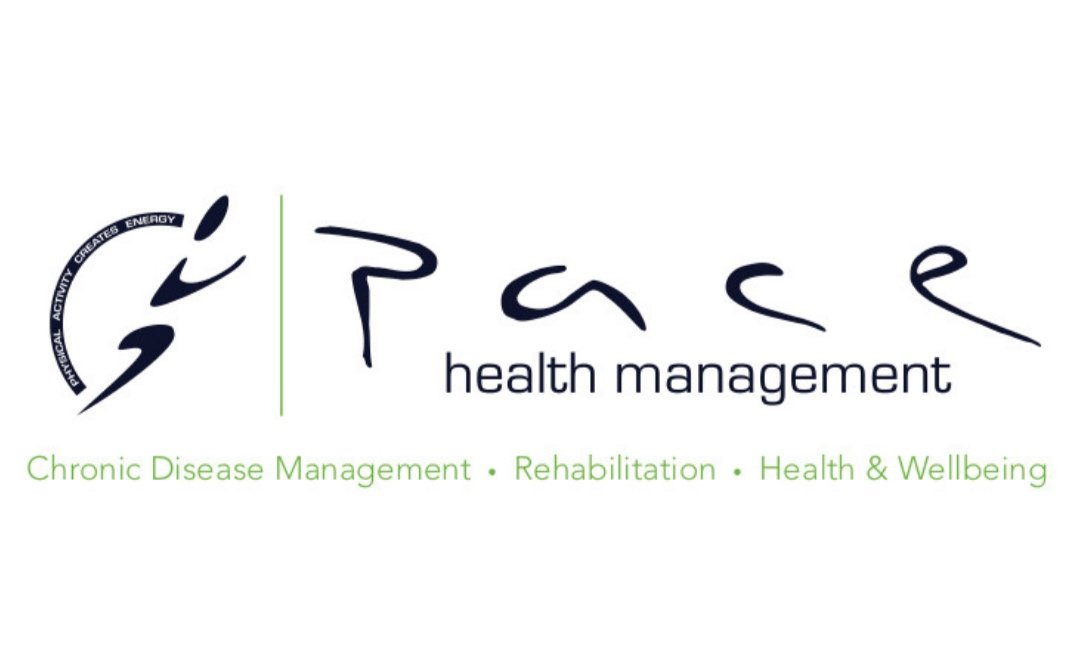Remedial Massage
what Is Remedial Massage?
Remedial massage therapy has a number of proven health benefits.
-
By using joint mobilisation techniques, a remedial massage therapist can make a joint more mobile, and help to reduce stiffness, pain, and a quicker recovery from injury.
-
When we damage our body tissue, collagen fibres are used to repair the injured area, which creates scarring. This collagen scarring is critical for repair, but tough in texture, and can create painful, restricted movement. Remedial massage helps to soften and mobilise the collagen fibres, which relieves tightness and pain.
-
Single sessions of massage therapy have been shown to significantly reduce anxiety, dampening emotions such as apprehension, worry, and tension in both adults and children. This evidence is well-supported by scientific research. Anxiety and depression create other detrimental health problems, making massage therapy a highly effective health-booster.
-
Your skin is full of nerve endings (up to 10,000 per square metre), which can make the touch of a massage therapist a rich sensory experience that helps to relieve pain. During every moment of a massage, the cutaneous sensory nerve endings are sending thousands of impulses to the brain, creating pleasant, calming sensations, slowing the breath, and shifting into the "rest and digest" parasympathetic state. Massage works by affecting the nervous system directly, and dampening any pain that you’re feeling.
-
Remedial massage can include gentle stretching, which for people with low flexibility, has shown to improve the balance between their sympathetic and parasympathetic nervous systems (vagal modulation and sympathovagal balance), and resulted in better heart rate regulation.
-
Remedial massage isn’t considered as relaxing as other types of massage, but can still create a relaxing state that lowers blood pressure, increases blood flow to major muscles, improves digestion, balances blood sugar levels, and dampens chronic pain.
Remedial massage can include gentle stretching, which for people with low flexibility, has shown to improve the balance between their sympathetic and parasympathetic nervous systems (vagal modulation and sympathovagal balance), and resulted in better heart rate regulation.
Meet our Team of Remedial Massage Therapists.

